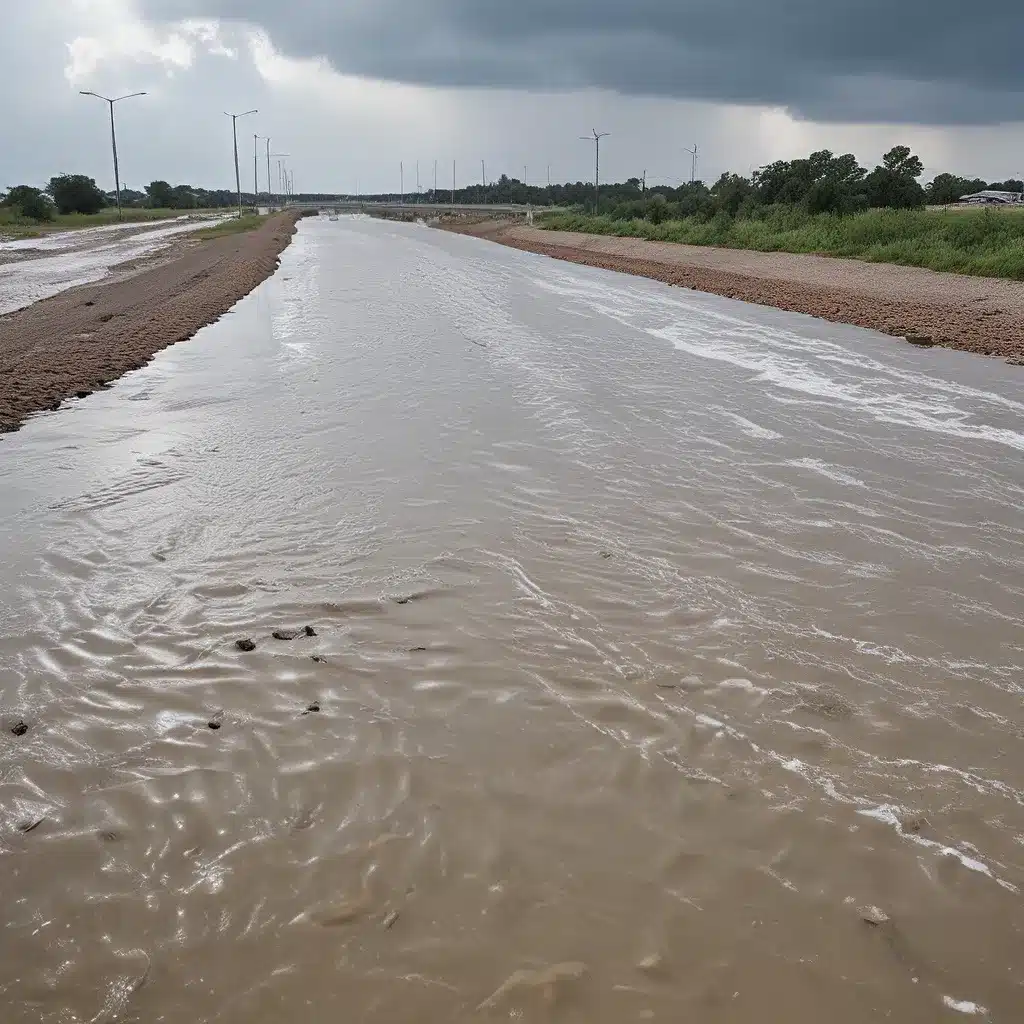
As the hot summer sun beats down, I can’t help but reflect on the sobering reality that over 100 million Americans have been personally affected by extreme weather events in the past two years. The record-shattering heat wave that devastated Puerto Rico, the recent wildfire smoke that blanketed the Midwest and East Coast, and the devastating storms in California – these are just a few examples of the climate crisis unfolding right before our eyes.
But I’m not here to dwell on the doom and gloom. No, my friends, I’m here to talk about how we can build resilience and adaptability into our water infrastructure to weather the storms ahead. Because let’s face it, the days of predictable weather patterns are long gone. We’re in uncharted territory, and we need to be prepared.
Confronting the Realities of Climate Change
It’s no secret that climate change is causing more frequent and severe extreme weather events. Hurricanes, floods, droughts, wildfires – you name it, and it’s happening with alarming regularity. And as someone who’s passionate about the health of our water systems, I can tell you that these weather patterns are putting a serious strain on our infrastructure.
Just imagine a scenario where a powerful hurricane hits a coastal community, knocking out power and flooding the local water treatment plant. Or a prolonged drought that depletes the reservoirs and forces us to ration water. These are the kinds of challenges that water utilities are facing more and more, and they need to be proactive in addressing them.
That’s why the Inland Waters team is dedicated to helping communities across the country enhance the resilience of their water infrastructure. We know that it’s not just about fixing pipes and upgrading equipment. It’s about anticipating the risks, planning for the worst, and building in the flexibility to adapt on the fly.
Investing in the Future
The good news is that the Biden-Harris administration is making historic investments in climate resilience and adaptation. Through the Bipartisan Infrastructure Law and the Inflation Reduction Act, they’re pouring over $50 billion into shoring up our communities against the impacts of a changing climate.
For water infrastructure specifically, this means $23 billion to bolster grid resilience across the country, helping states, territories, tribes, and the District of Columbia modernize their electric grids to reduce the impact of extreme weather, natural disasters, and wildfires. And that’s just the tip of the iceberg.
The administration is also launching a $575 million Climate Resilience Regional Challenge through the National Oceanic and Atmospheric Administration (NOAA). This funding will support innovative coastal resilience and adaptation solutions, like building natural infrastructure, planning for community-led relocation, and protecting public access to coastal natural resources.
But it’s not just about the big federal initiatives. Local communities are stepping up too, and we’re seeing some really inspiring examples of how they’re tackling the challenge of water infrastructure resilience.
Resilience in Action
Take the coastal community in California that President Biden recently visited. They’re working to safeguard their natural infrastructure, using a combination of living shorelines, wetland restoration, and strategic planning to protect against sea level rise, tidal flooding, and storm surges.
Or how about the seven Colorado River Basin states that came together under President Biden’s leadership to reach a historic consensus-based agreement to conserve water resources in the face of the ongoing megadrought? That’s the kind of collaborative, forward-thinking approach that we need to see more of.
And it’s not just the big, high-profile projects that are making a difference. Small, community-driven initiatives are also playing a crucial role. In some drought-prone areas, for example, residents are embracing water-saving practices, installing smart irrigation systems, and even turning to rainwater harvesting to reduce their reliance on dwindling water supplies.
The key is that communities are taking ownership of the problem and developing solutions that are tailored to their unique needs and challenges. And that’s where the Inland Waters team comes in – we’re here to provide the technical expertise, funding resources, and collaborative support to help turn these ideas into reality.
Embracing a Holistic Approach
But resilience isn’t just about physical infrastructure. It’s also about building adaptive capacity within the communities themselves. That’s why the Biden-Harris administration is hosting a White House Summit on Building Climate Resilient Communities later this year, bringing together state, local, tribal, and territorial leaders to share best practices and develop a coordinated national strategy.
And it’s not just about the government either. Businesses, nonprofits, and individual citizens all have a role to play. By incorporating climate risk and resilience into our decision-making, investing in nature-based solutions, and empowering communities to understand and plan for their local climate challenges, we can create a more robust and adaptable water infrastructure ecosystem.
The Path Forward
I know it can feel overwhelming, this challenge of preparing our water systems for the unpredictable future. But I’m hopeful, because I see the ingenuity, the determination, and the sheer willpower of the people and communities who are rising to the occasion.
The road ahead may be long and winding, but I’m confident that by working together, innovating, and staying ahead of the curve, we can build a more resilient water infrastructure that can weather any storm. After all, our communities, our livelihoods, and our very way of life depend on it.
So let’s get to work, my friends. The future of our water is in our hands.
White House Fact Sheet
Advancing System-Level Resilience of Water Infrastructure
Biden Administration Announces Nearly $5 Billion in Resilience Funding


